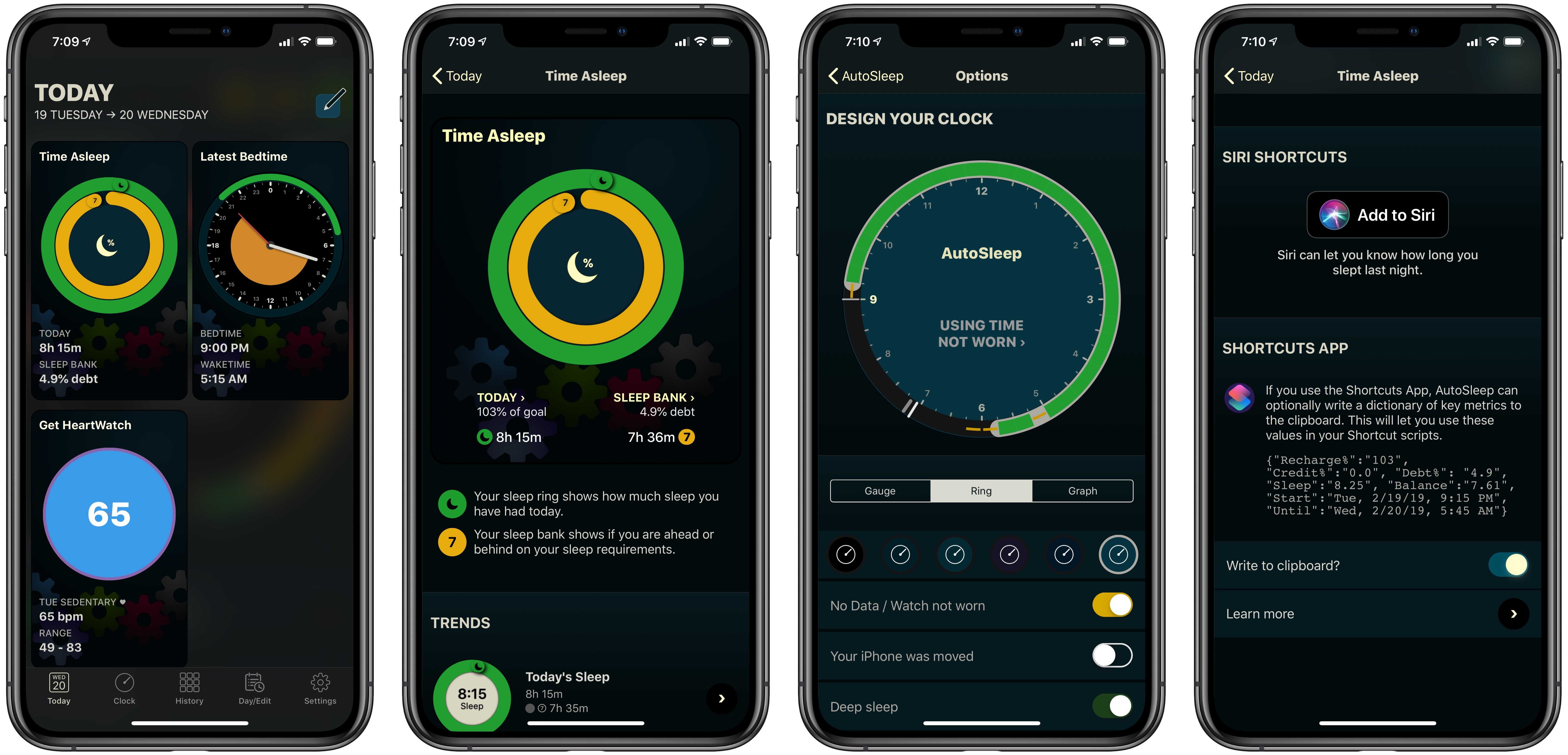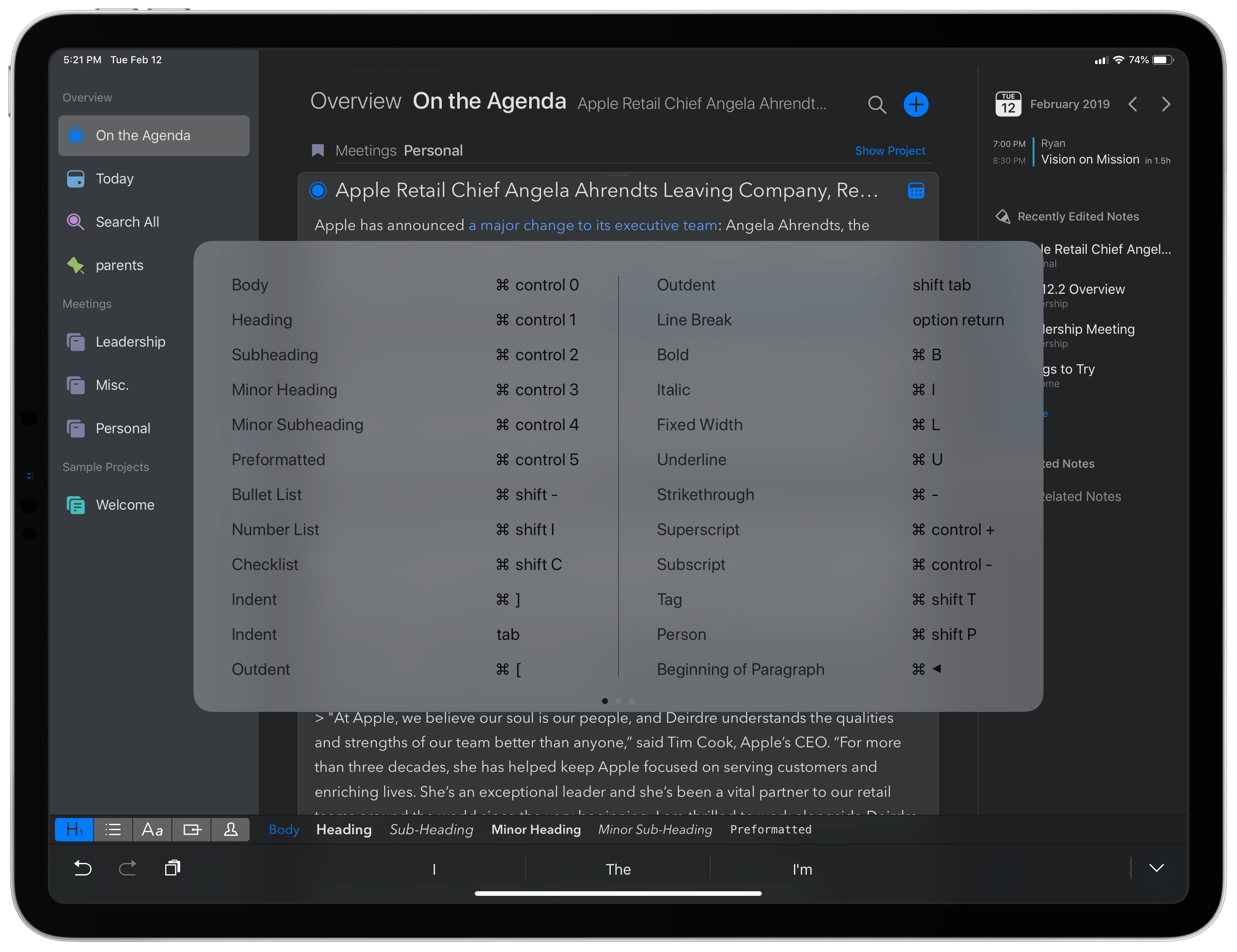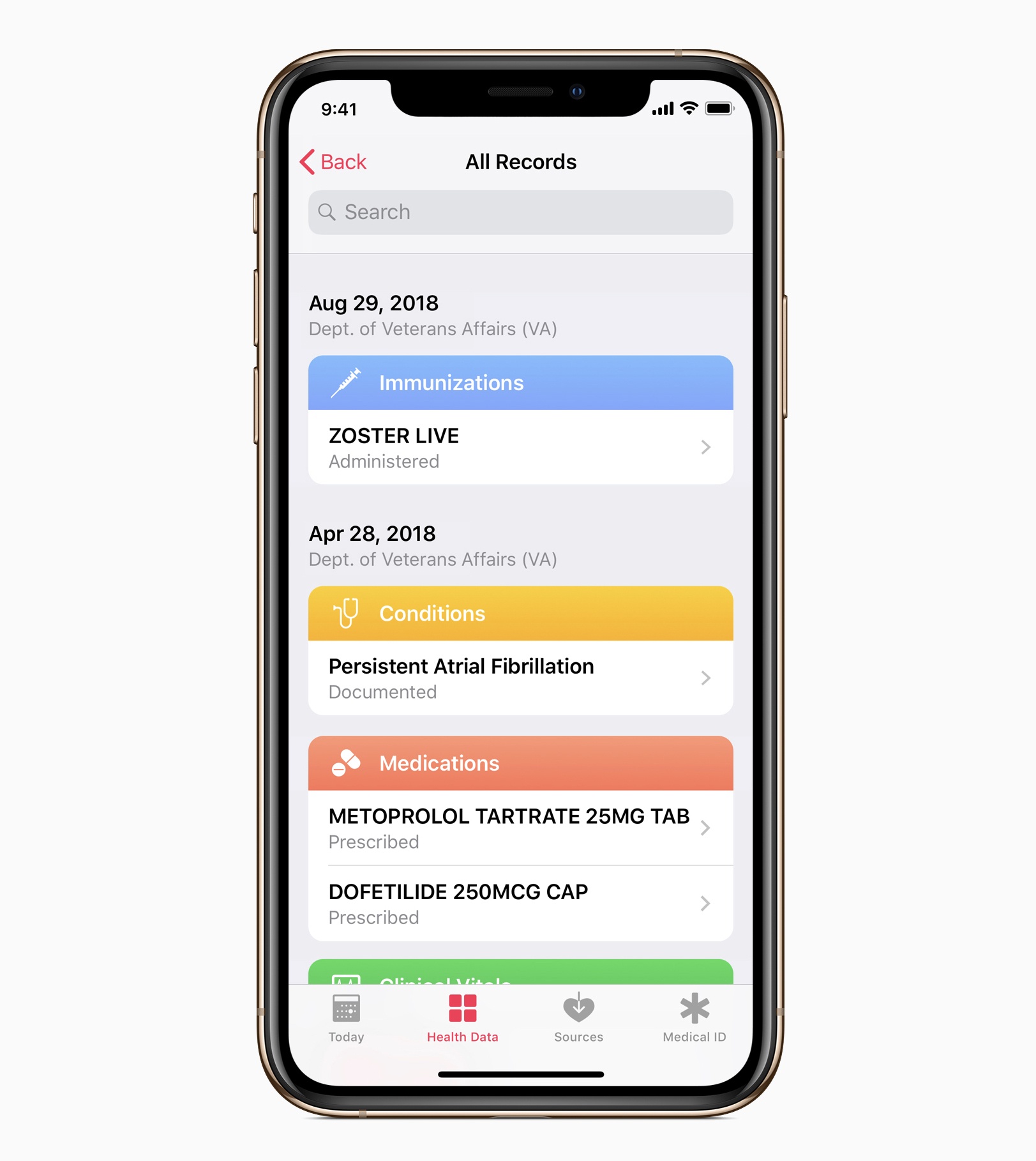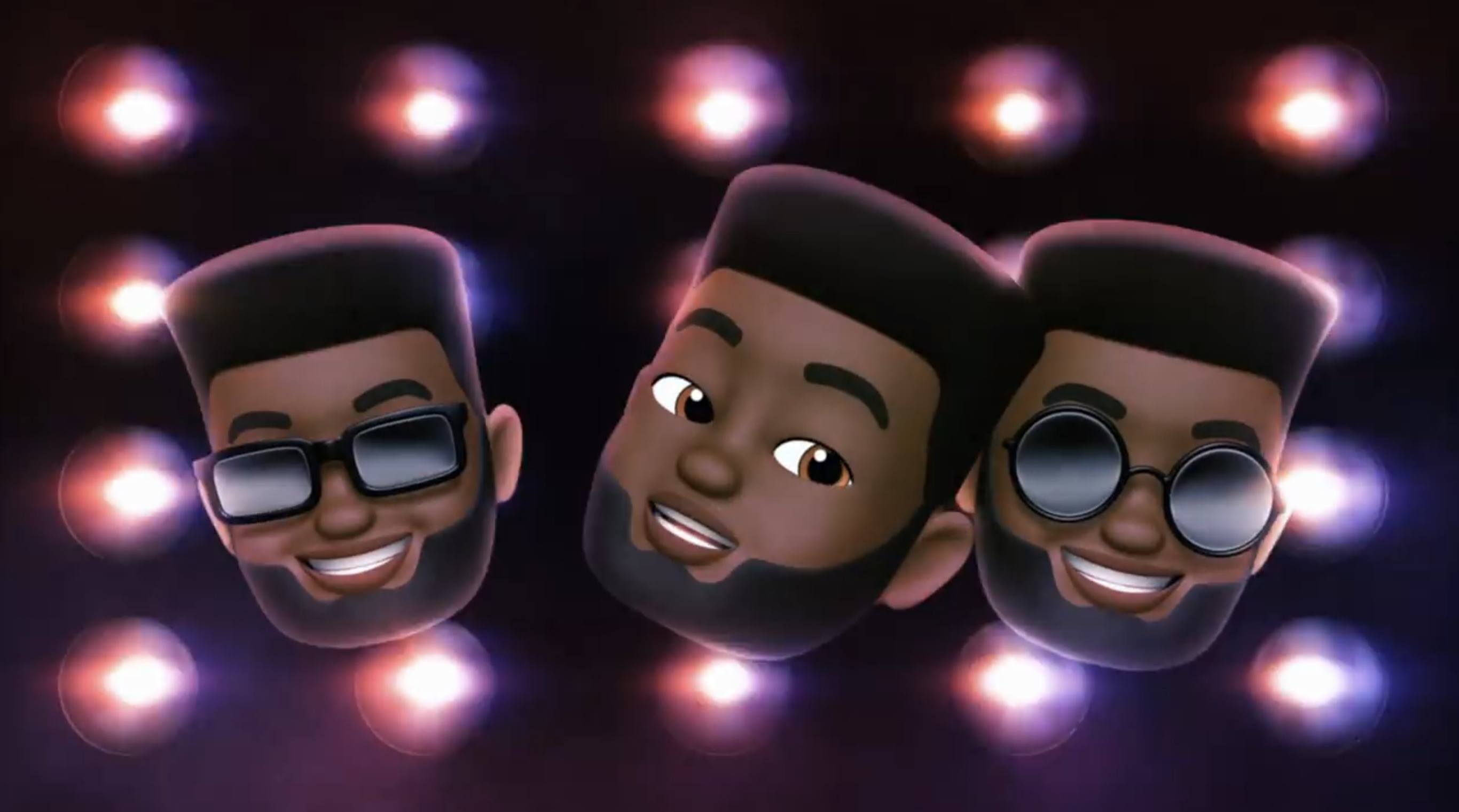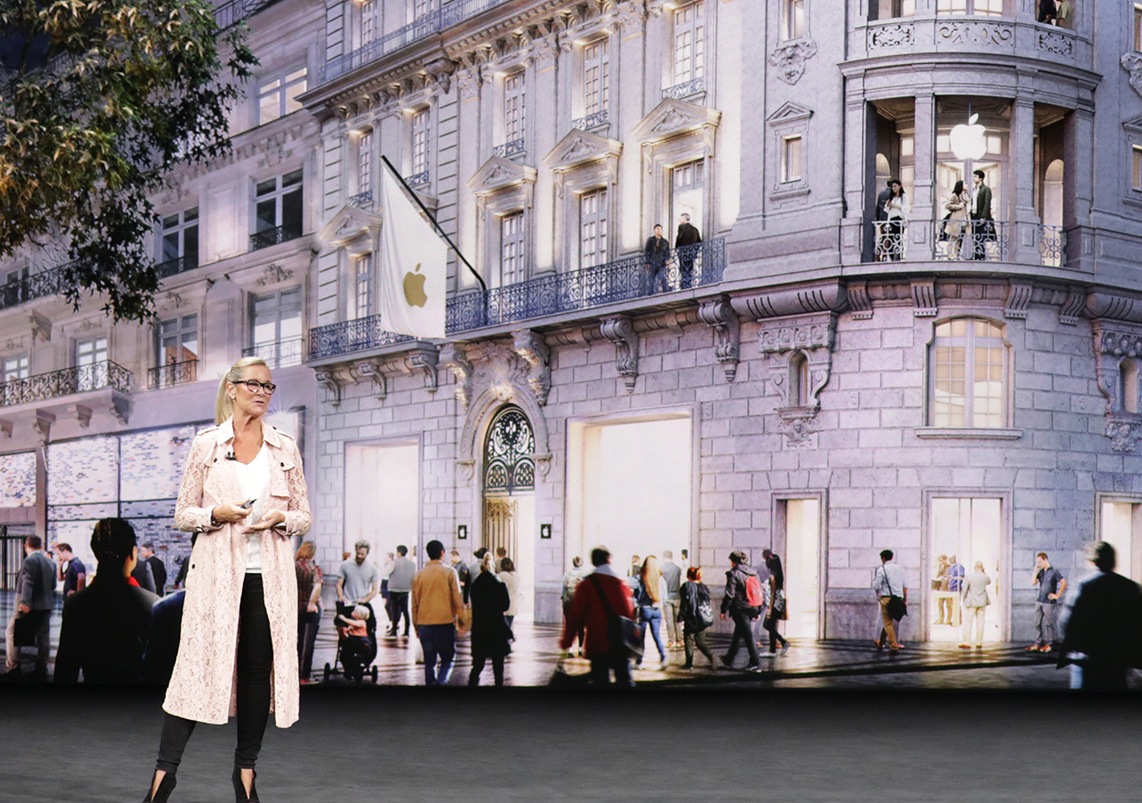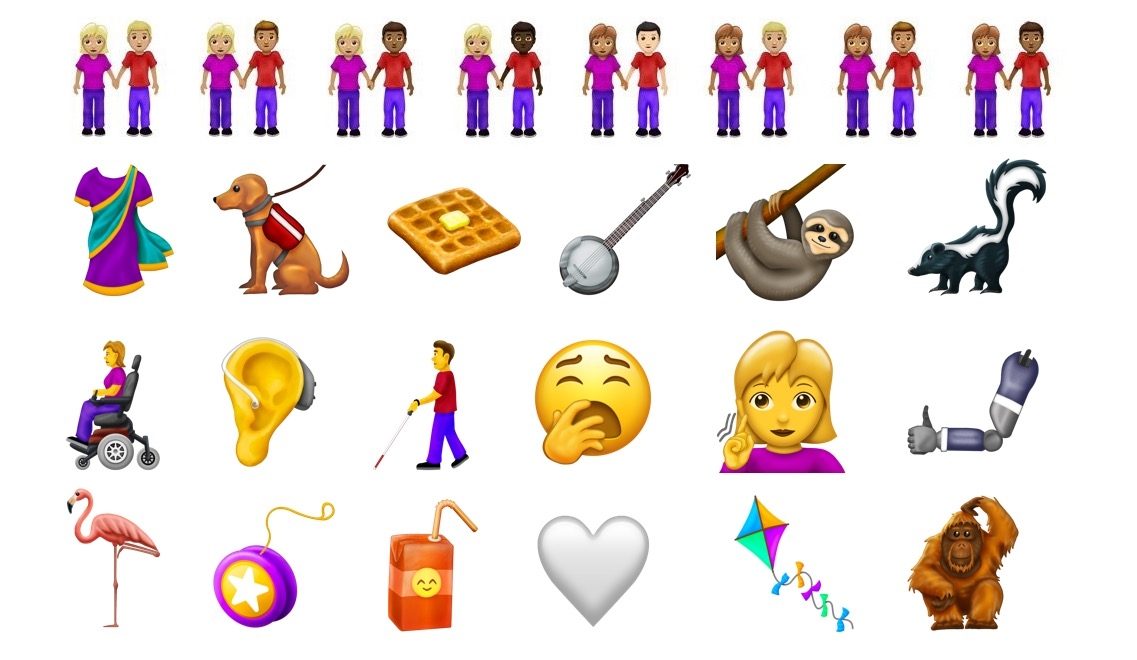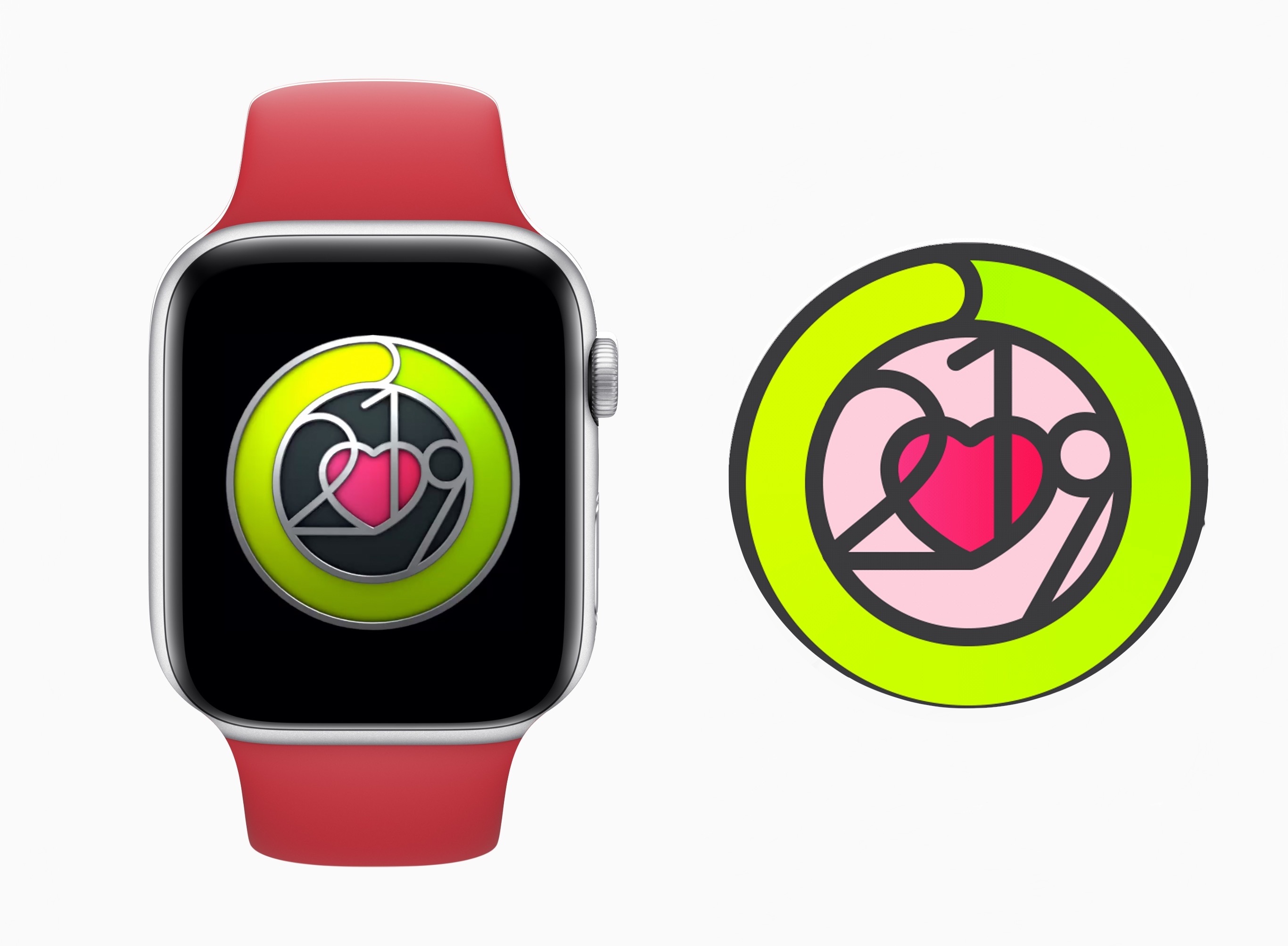Mitchel Broussard of MacRumors recently published an in-depth look at the problems classical music fans have with Apple Music’s approach to that expansive genre. Unlike many other common genres, such as hip-hop, pop, and country, the range of music deemed ‘classical’ bears its own unique challenges in a variety of areas. Broussard spoke to Benjamin Charles and Franz Rumiz, classical music enthusiasts, who shared their frustrations with how Apple Music fails to optimize for classical music’s distinctness. He writes:
[Apple Music’s Classical] section spans centuries, including all of the notable composers like Mozart (born 1756, died 1791), Maurice Ravel (b. 1875, d. 1937), and John Cage (b. 1912, d. 1992), but this grouping is frustrating for classical music aficionados, given how little these musicians have in common among one another…Rumiz: “The sorting of recordings follows the rules of pop & rock genre. For classical music this doesn’t fit at all, because you very often want to compare different recordings of the same pieces by the same composer with different soloists, orchestras and conductors.”
[…]
Charles says that one aspect of classical music that’s mixed up in the shuffle is the listener’s interest in a piece’s composer versus its performer. While some artists, like Leonard Bernstein, both compose and perform their music, Charles questions how Apple Music determines the best recording for a piece of music: “Is a recording more significant because it is composed by Bach, or is it more significant because it is performed by Glenn Gould?”
Classical music also can be extremely difficult to request of Siri due to the unique names for many classical tracks, and there are several other issues highlighted in the article, all of which appear like legitimate hindrances to a great classical music experience on Apple’s platform.
Overall Apple Music’s handling of classical music seems more like an oversight than an intentional design choice, but Broussard and his interviewees make a strong case that Apple should take note of. As the last line of the article states:
“This is a completely untapped market,” Charles tells me. “One streaming service could completely own the classical music audience if it wanted to.”


